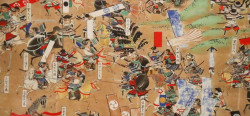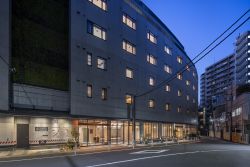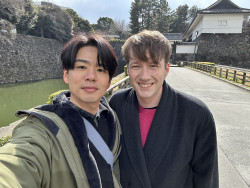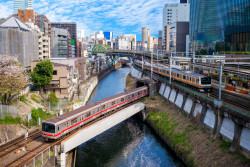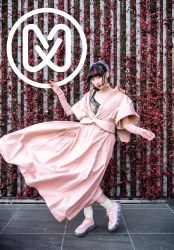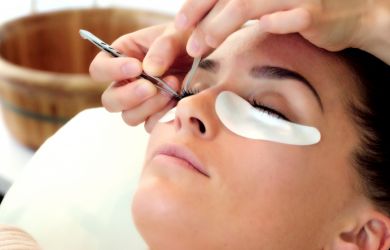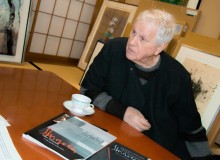
April 18, 2025
Onomichi Travel Guide: Discover This Historic Port City
Once a pirate haunt, the port town of Onomichi in the Inland Sea still houses an intriguing array of temples, and a surprising number of cats and cat lovers. Stephen Mansfield goes exploring.
By Metropolis
A Scenic City Steeped in Story
Perched between steep hills and the shimmering Seto Inland Sea, the port town of Onomichi is a labyrinth of stone paths, shrines and sea views. From the lookout at Senko-ji Temple, the islands of the Inland Sea spread out like charcoal-green stones across silver water. In this Onomichi travel guide, we outline our favorite things to do, eat and drink, and our recommended places to see, stay and experience.
Once a hideout for pirates and now a waypoint for cyclists crossing the Shimanami Kaido (a 70km cycling path that connects the islands in the Seto Inland Sea), Onomichi continues to blend mystery and charm. Its tight alleys, aging temples and waterfront traces of literary and artistic legends make it a captivating stop for travelers exploring western Japan. Plus, it’s a great alternative to more tourist-heavy destinations like Kyoto.
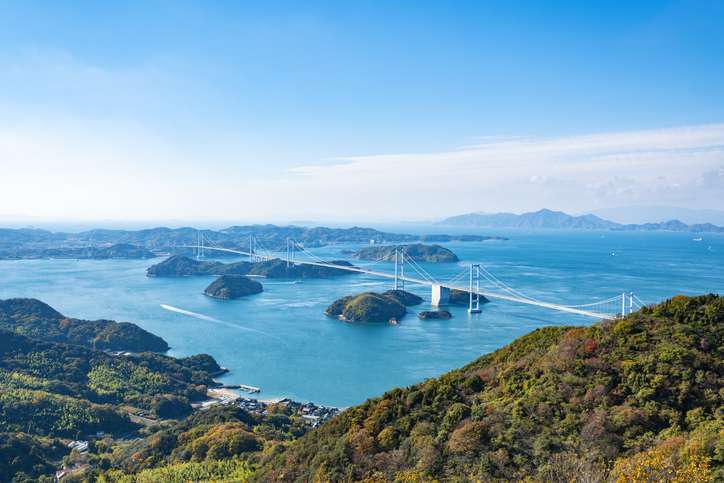
A Port of Pirates and Poets
Onomichi was once the central middle port along the Inland Sea and a well-defended enclave for pirates. They built a fortress here and used the creek winding through town to haul in stolen goods. Even today, the layout of the town—with its hidden alleys, hillside paths and retro port city—feels like a place designed for escape.
The town has a dual personality. One half is a quiet, contemplative teramachi (temple district), home to nearly 30 temples. The other is the more chaotic postwar port, bisected by the JR Sanyo Line. Between them runs a current of history that flows in more than just one direction.
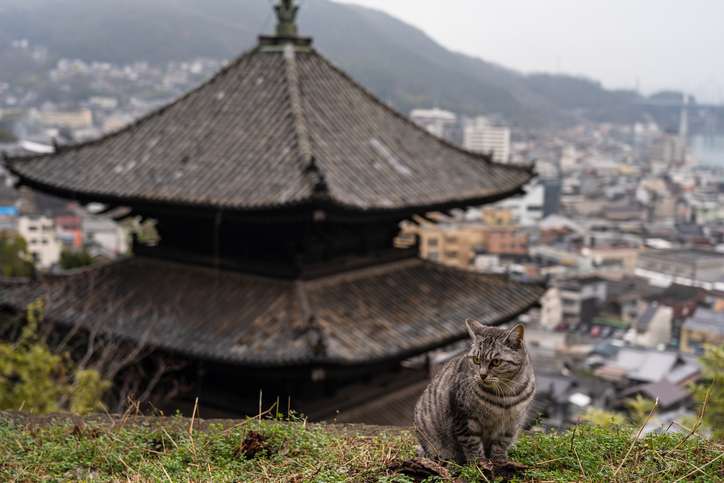
Cat Alley and Temple Trails of Onomichi
Onomichi’s old quarter is a sensory patchwork. The scent of incense, mildew, mosquito coils and sea-soaked wood mingles with…cats. This is a cat town. You’ll spot them lounging on temple steps, darting through alleys, or basking under shop awnings. Devotees have turned feline fandom into infrastructure, with shrines, sculptures, and even a Maneki-neko Museum dedicated to those beckoning lucky cats.
Start your stroll through Neko no Hosomichi (Cat Alley) near the scarlet Senko-ji Temple. The temple clings to a cliffside with panoramic views and centuries of spiritual debris—wooden votives, Jizo statues and wind-worn prayer flags. Follow the “Literary Path” downhill to discover stone plaques commemorating Japan’s great authors. Fumiko Hayashi and Naoya Shiga lived here, their legacies etched into both the stones and the soul of the city.
Other highlights include Fukuzen-ji Temple and the enormous sandals at Saikoku-ji. Offer a prayer here for good fortune in future journeys.
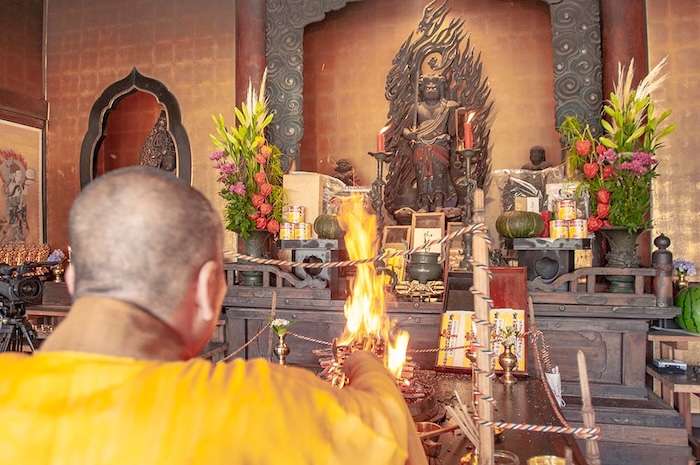
A Temple Experience to Remember
Among the nearly 30 temples scattered through Onomichi’s old town, Jodo-ji stands out—not just for its architecture and dry landscape garden (Misho-teien, established in 1806), but also for its hands-on cultural offerings. One of the most unique experiences here is creating your own omamori (amulet), a spiritual keepsake believed to offer protection and blessings.
Inside a quiet corner of the temple, far from the everyday noise, visitors are invited to craft their own talisman by selecting from over 200 colorful and patterned omamori bags. Whether it’s for yourself or a loved one, the process of choosing and assembling the amulet is meditative and personal. No reservations are needed, and you can take your time to enjoy the serene garden view while working at your own pace.
Local Flavor and Nightlife
Onomichi retains a rare sense of unfiltered hospitality. Locals offer smiles and greetings without pretense, and even a quick glance will often earn a polite bow. The town’s seafood, especially tai (sea bream), is worth a detour. Head to the tiny three-table Shimizu near the quay for one of the best, budget-friendly meals in town.
Behind the harbor, a small but prominent red-light district called Shingai still flickers with neon. Its bars and adult entertainment serve as reminders of the town’s postwar character. After dark, the industrial grit fades into silhouette and the bridges light up, linking islands and hinting at further adventures just across the sea.
How to Get to Onomichi
- By train: The Shinkansen stops at Shin-Onomichi Station, about 15 minutes by bus from the town center. The JR Sanyo Line runs directly to Onomichi Station.
- By ferry or cycle: Onomichi is the starting point of the Shimanami Kaido cycling route and a hub for ferries to nearby islands like Ikuchi-jima and Setoda.
- From Hiroshima Airport: Direct buses connect the airport to the city.
Where to Stay in Onomichi
Onomichi’s compact layout means you’re rarely far from a scenic view or a set of temple steps, but each neighborhood offers a different experience depending on what you’re after.
Around Onomichi Station:
This area is convenient for first-time visitors and travelers arriving by JR Sanyo Line. You’ll find easy access to ferries, cafes and the shopping arcade. It’s also a great base for exploring the old temple district on foot.
Senko-ji Temple Hillside:
Ideal for travelers who want to soak in Onomichi’s historical atmosphere. Guesthouses and boutique accommodations tucked into the slopes offer stunning views of the Inland Sea and quick access to the Literary Path and temple trails.
Downtown Waterfront:
Closer to the postwar port district, this area has a slightly more lived-in feel and is dotted with seafood restaurants, izakaya and nightlife. It’s well-suited for budget travelers or those interested in the city’s retro charm and red-light history.
Mukaishima Island:
Just a short ferry ride across the strait, this quieter island offers a more rural experience with peaceful seaside stays. It’s also a popular stop for cyclists starting the Shimanami Kaido route. Check out our guide to the Shimanami Kaido route!
Ready to travel to Onomichi? Discover more of the Chugoku region with our travel guides:
Naruto Whirlpools: Beauty in Nature

